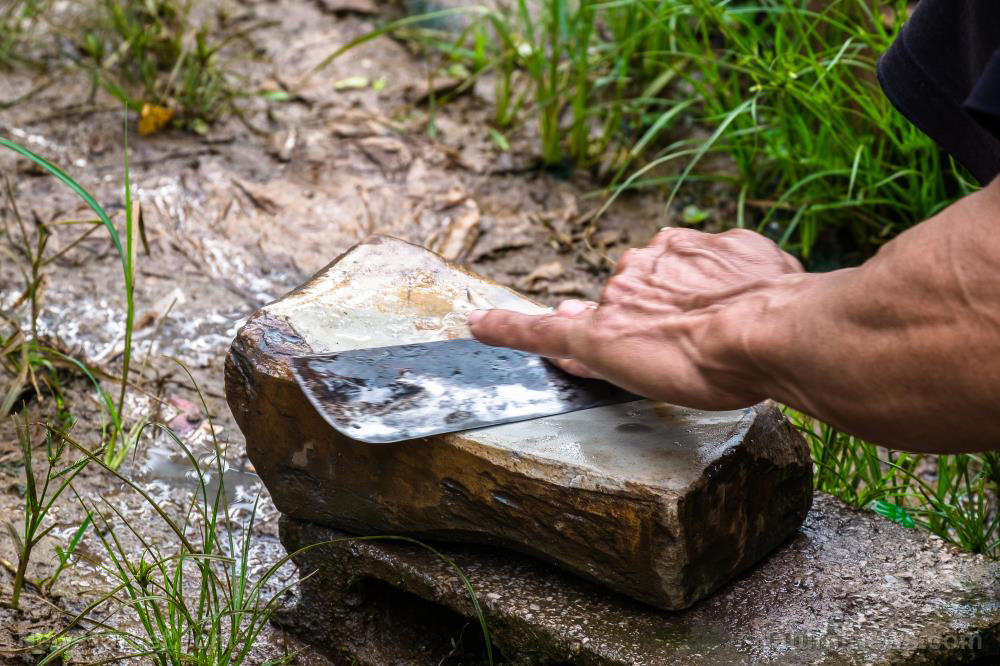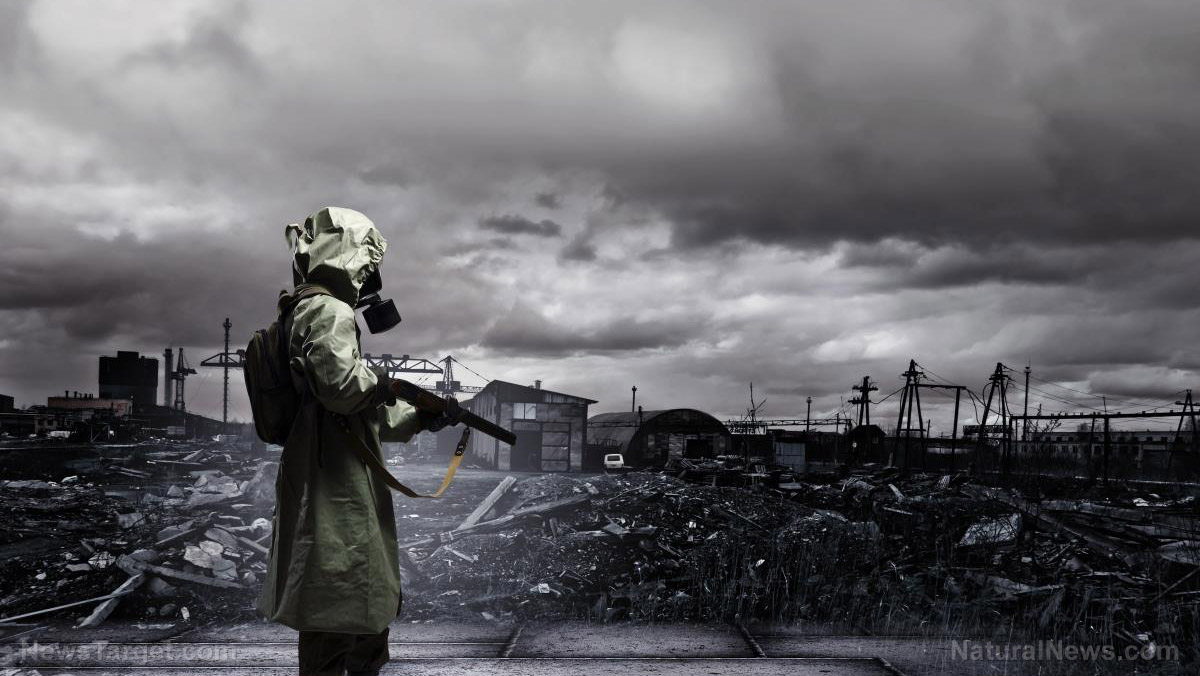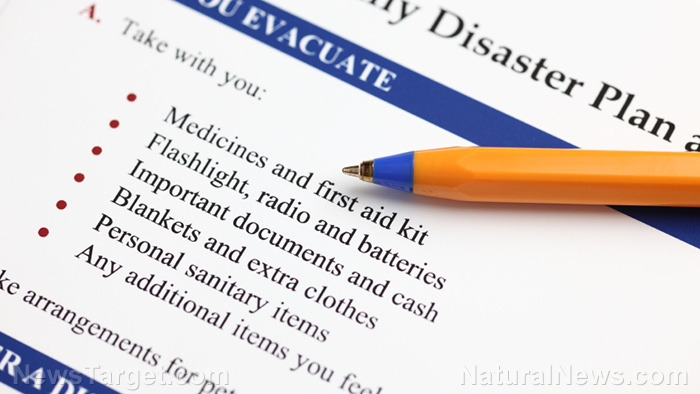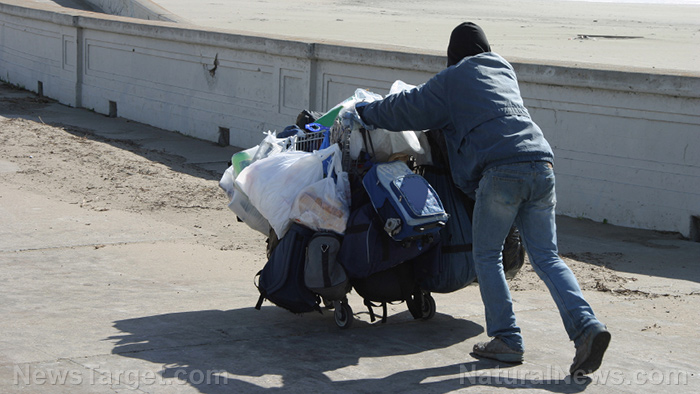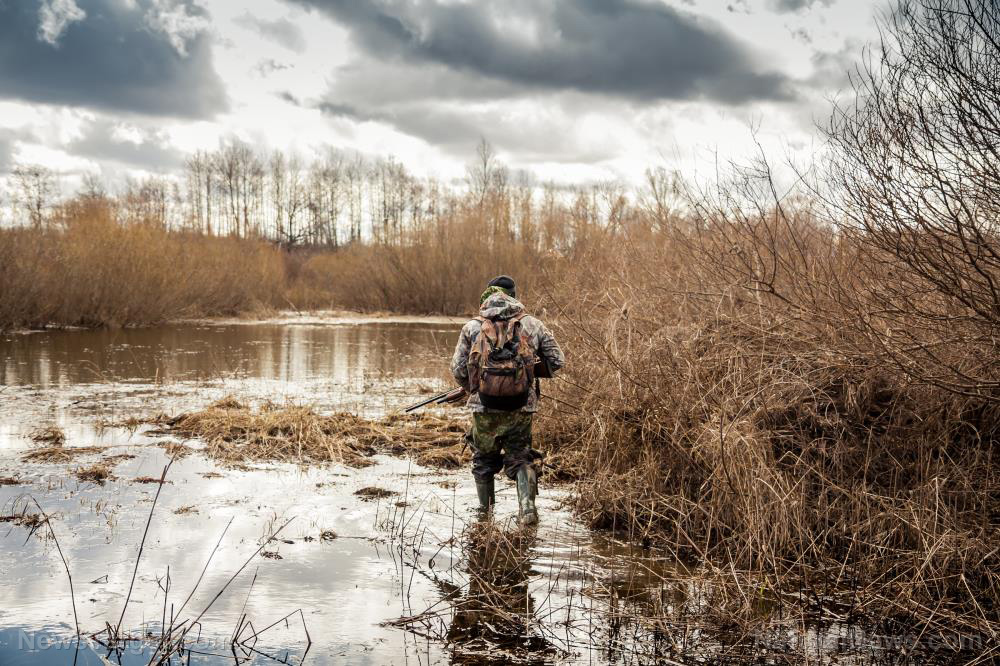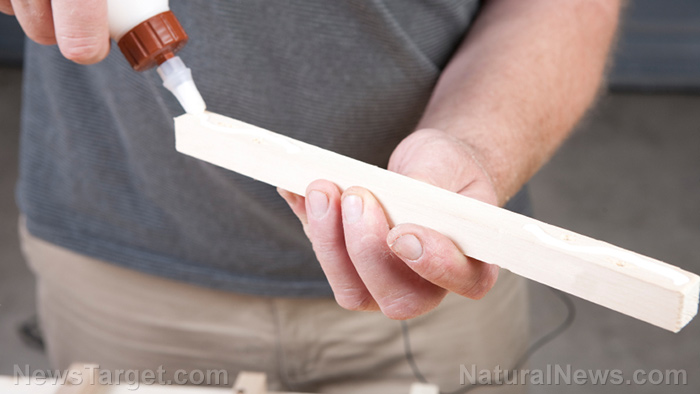Prepare for common survival scenarios by stocking up on these lifesaving tools
09/29/2019 / By Edsel Cook
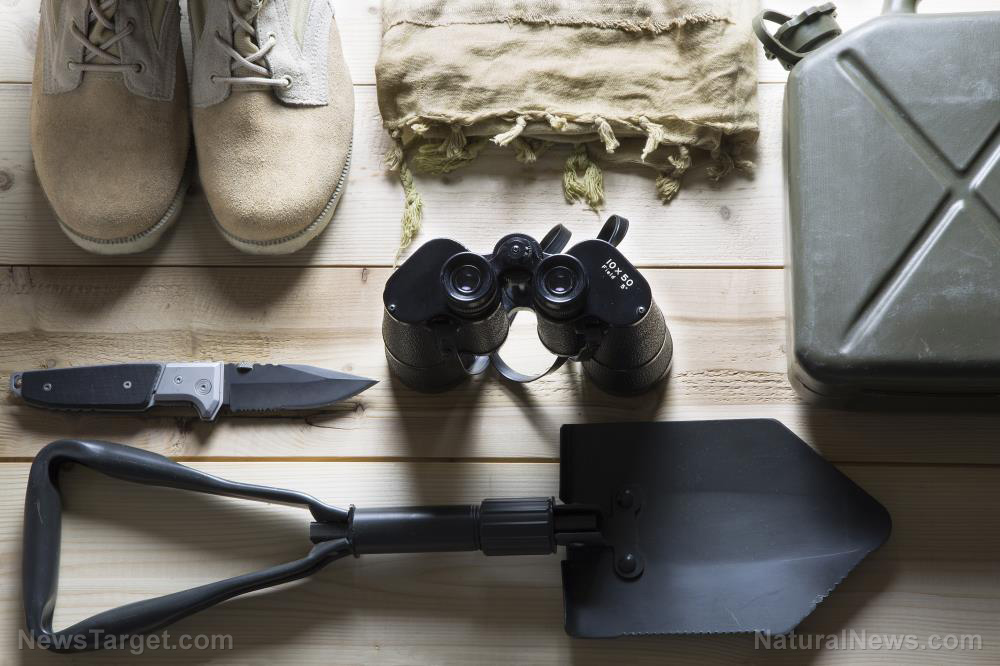
Are you prepared for a hurricane, tornado, and other natural disasters that may wreck your home region? Some of the wilderness survival tools stockpiled by preppers for the big collapse will prove their worth during these smaller but still severe and far more common survival scenarios. (h/t to AmericanPreppersNetwork.com)
Woodcutting tools, cordage, and tarps
A prepper may have acquired at least one tool for working with wood. The list of recommended equipment for this job includes axes, chainsaws (and sufficient fuel), hatchets, and wood saws.
These woodcutting and woodworking tools get added to a survival stockpile for the job of building a shelter in the wilderness. But they will come in handy during a blizzard, hurricane, and the like.
Natural disasters tend to bring down trees. Felled trees will block roads, cut power lines, and damage property.
Axes and saws come in handy to deal with felled trees. They help break down the wood into manageable sizes.
Natural disasters may also damage a prepper’s home in many ways. It takes time to repair the holes in the roof and walls.
During this time, rain and snow may enter the house through the gaps. A prepper may keep unwanted precipitation out with cordage and tarps.
Bank line and paracord are good options for cordage, while utility tarps and rainfly units offer options for tarps. (Related: Advice for beginners: 4 Common prepping pitfalls to avoid.)
Artificial light sources and scarves
A natural disaster may take out the local power grid and plunge the region into darkness. More often than not, electricity and lighting will not return for a while.
Preppers need a way to let them see and work during the night. Headlamps, flashlights with high lumen ratings, and solar-powered lanterns serve as portable and reliable sources of illumination.
If the artificial light source runs on batteries, make sure to stockpile plenty of replacements. For rechargeable electric light sources, always keep them topped off.
Preppers may have also acquired at least one shemagh as part of their survival gear. A large scarf with many uses, a shemagh proves useful after a natural disaster.
Wear the shemagh over the head to screen against the sun or cover the face with it to reduce the risk of breathing in potentially dangerous airborne particles.
It may also serve as an emergency sling for injured limbs. If soaked in water before getting worn, it cools off the body part.
Preppers with children may re-purpose it to serve as a makeshift swaddle and blanket for their kids. It can also be used as an initial filtration layer for filtering water.
Bug repellent and sunscreen
Last but not least are insect repellents and sunscreen. These two pieces of survival gear are just as valuable during natural disasters as they are during trips into the wilderness.
They may not have the same glamour as the other survival tools, but any prepper who skips on bug repellent and sunscreen will regret his negligence.
In the wake of a hurricane, the sky clears up so completely that it feels like noon. And while the sun beats down with incredible force, the wet and flooded environment releases swarms of bugs.
In case a prepper’s home got damaged or destroyed, he will appreciate the protection against biting insects and excessive sunlight.
Whenever possible, get natural insect repellent and sunscreen. Synthetic products use harsh chemicals with severe side effects on human health.
In conclusion, preppers must start factoring in natural and regional disasters nto their preparedness plans. They must start picking and stockpiling survival gear on the off chance that they will need to use them earlier than intended.
Sources include:
Tagged Under: bug out, chaos, Collapse, cordage, Gear, natural disasters, off grid, panic, preparedness, Preppers, prepping, prepping equipment, survival, survival gear, survival tools, tools
RECENT NEWS & ARTICLES
COPYRIGHT © 2017 CHAOS NEWS



